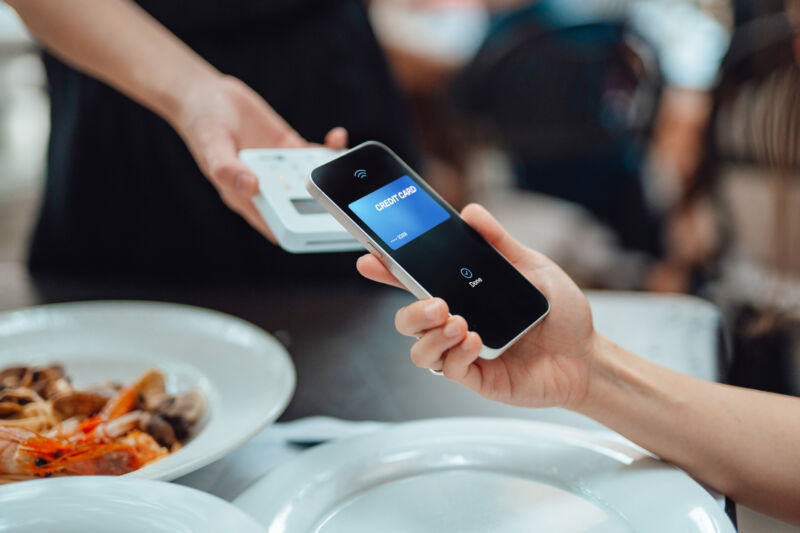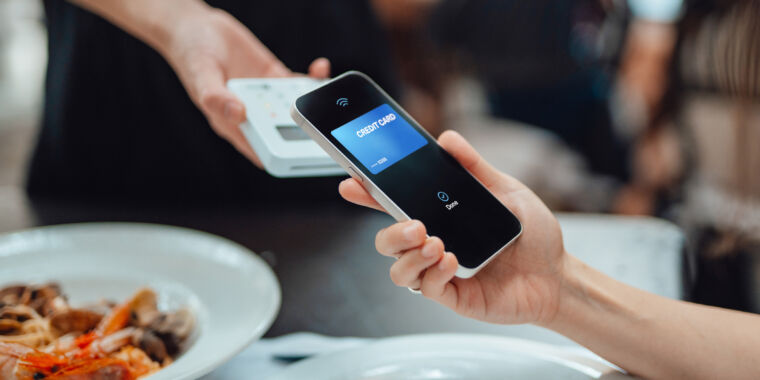
Getty Images
Do iPhones have NFC? Up until recently, the answer was “Kind of,” or, possibly, “It depends.”
You could use an iPhone’s near-field communication (NFC) hardware for Apple Pay transactions, tapping through a public transit gate, exchanging contacts with another iPhone user, reading basic NFC tags, and a few other things. But every option was brokered by Apple, and the only tap-to-pay option was through Apple Pay.
In a press release today, Apple says that will soon change. Starting with iOS 18.1, apps can, through the Secure Element (SE) on iOS devices, offer things like “in-store payments, car keys, closed-loop transit, corporate badges, student IDs, home keys, hotel keys, merchant loyalty and rewards cards, and event tickets, with government IDs to be supported in the future.” In addition, iPhone users will be able to set a default payment app triggered by double-clicking the side button.
Access to payments and secure transactions through more than a billion iOS devices will not be free, or freely given. Developers will need to “enter into a commercial agreement with Apple, request the NFC and SE entitlement, and pay the associated fees.” Apple says this is so developers and apps that “meet certain industry and regulatory requirements, and commit to Apple’s ongoing security and privacy standards,” have access.
Apple’s move to open up its contactless system broadly—to developers in the US, UK, Canada, Japan, and other countries—follows its settlement this summer with the European Commission as part of an antitrust action. As part of that settlement, Apple went beyond its obligations under the Digital Markets Act (DMA) to allow for monitoring of its compliance over a 10-year period.
The rollout of Apple Pay contactless phone payments in 2014 spurred renewed interest in technology already taken up by credit card companies and Google, among others. At that time, Apple was purportedly receiving a commission on transactions through Apple Pay from banks and other card issuers. Agents for the European Economic Area said at the time of Apple’s settlement that the firm’s exclusive access to payments through iPhones “may have had a negative impact on innovation.”

